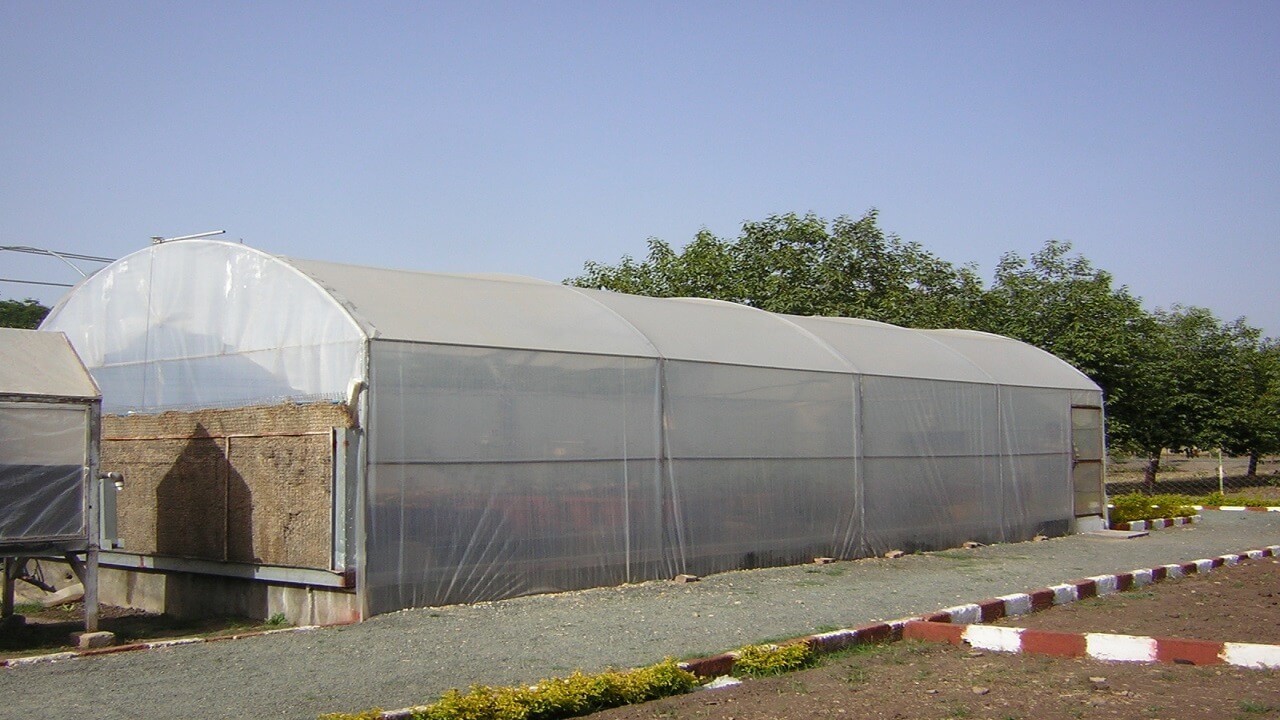
How to Select and Build Greenhouses
October 2, 2023, 1:47 pm
The process to select and build greenhouses begins with an understanding of different types of greenhouses.
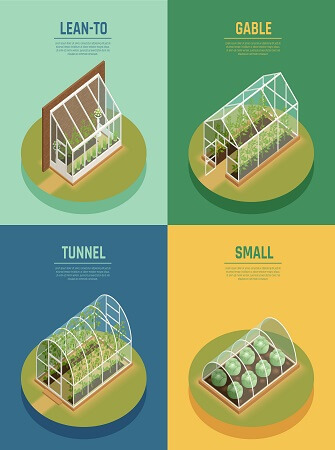
How to Select and Build Greenhouses
Types of Greenhouses
A greenhouse is a structure with a glass or plastic roof and side walls that is used for the production of ornamentals and food crops and may be used seasonally or year round. The closed environment of a greenhouse has its own unique requirements, compared with outdoor production.
Pests and diseases, and extremes of heat and humidity, have to be controlled, and irrigation is necessary to provide water. Significant inputs of heat and light may be required, particularly with winter production of warm-weather crops.
Greenhouse Selection and Building
Greenhouses for commercial production can be classified as free-standing or gutter-connected.
Free Standing Greenhouse
A free-standing greenhouse can have a quonset (hoop), gothic or gable roof shape. The Quonset is usually the least expensive type and is available in widths up to 10 meters. Gothic designs have higher light transmission and shed snow easier. Gable designs may use trusses to span a width up to 18 meters.
Gutter Connected Greenhouse
A gutter-connected greenhouse is a series of trusses connected together at the gutter level. Individual bays vary in width from 3 meters to 7 meters and have a clearance of 2 meters to 4 meters to the gutter. Bays can be put together to get any width of greenhouse desired.

Greenhouses can be made any length. Standard lengths that utilize glazing materials to advantage are 30 meters and 43 meters. All greenhouses are modular with frame spacing of 1 meter or 2 meters for hoop houses and 3 meters or 3.5 meters for gutter-connected designs.
Most greenhouses are built of galvanized steel tubing and are available from many manufacturers. Steel makes a strong frame to carry rain, snow and wind loads and still allow about 80% of the light to enter. Most greenhouses are covered with a plastic glazing. Low-cost polyethylene film or covering applied as an air inflated double cover will last 4 years. Anti-drip agents and infra-red inhibitors can be added to give better service and reduced heat loss. Semi-rigid structured sheets of polycarbonate or acrylic are more permanent and have a life of at least 15 years. Tempered glass is used for crops requiring high light levels.
The following is a short review of the advantages of the different styles of structures
Free-standing Greenhouses
- Easier to provide separate environments as each house is controlled by its own heating/cooling system. One house can be run warm for propagation and the next one, cooler for growing.
- Individual houses can be shut down for periods when not in use saving energy.
- Best suited for heavy snow areas as multi-span houses need heat to melt snow from the gutters.
- Good for non-level sites.
- Individual houses are easier to build and maintain
Gutter-connected Greenhouses
- More cost effective for areas greater than 1,800 square meters
- Reduced heating costs as surface area to floor area ratio is less. Heating costs can be as much as 25% less due to reduced glazed area.
- Less land is needed. About 30% more growing space can be placed on the same amount of land area.
- Heat can be centralized.
- Open-roof designs that eliminate fans and reduce electricity use are available.
Production Systems
In addition to the greenhouse style, there are a variety of production systems used inside the greenhouse. Some crops are grown in containers on benches, such as many spring ornamental crops, while others are grown in the soil in the ground such as cut flowers or vegetable crops (ie. tomatoes, lettuce).
Some crops are grown in containers or bags of growing media that are placed on the ground (tomatoes). Some greenhouses have soil or gravel floors, some have concrete floors and some have a combination. All of these differences contribute to best management practices that will vary according to the greenhouse and systems used for production.
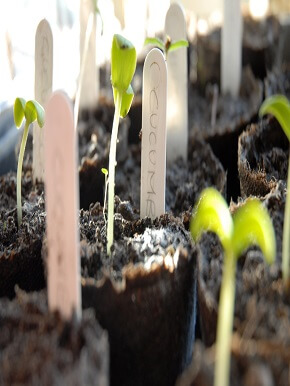
If you would like to start greenhouse farming in Nigeria and you need a greenhouse farming business plan or consultation service, please send a mail to agsolutions@agricdemy.com
With our greenhouse farming business plan, you will learn:
- The different greenhouse sizes available and the materials required to build them
- The different fruits and vegetables you can grow in the greenhouse and their yields
- The cost of building and constructing a greenhouse based on the size you want
- Profit and loss estimates for the first three years of running one unit of greenhouse
- Vegetable and fruit market analysis in Nigeria
- Marketing and sales strategy for running a successful greenhouse in Nigeria
- Personnel required to operate your greenhouse, key milestones and so much more!
For a payment of $35 or N50,000 you can get our greenhouse farming business plan. To get bank payment details, send a mail to agsolutions@agricdemy.com
If you want to learn more about greenhouse farming, check out these articles in our Greenhouse Farming section




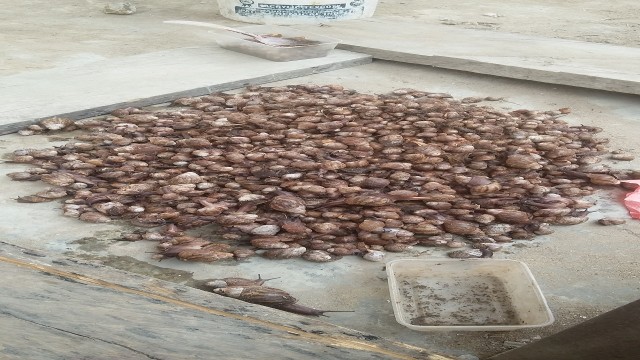
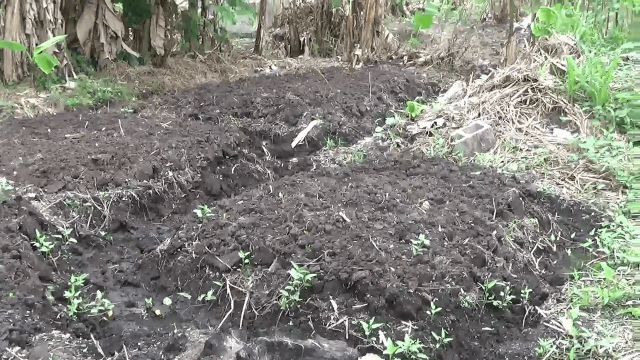



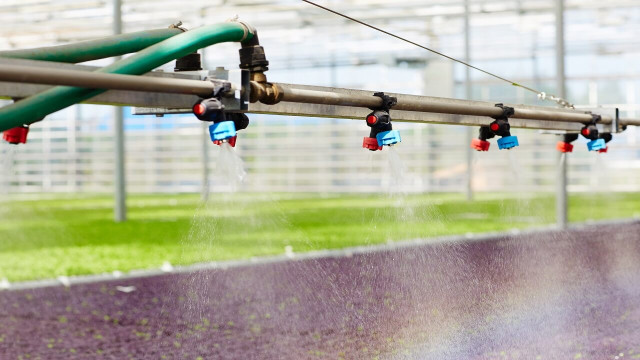
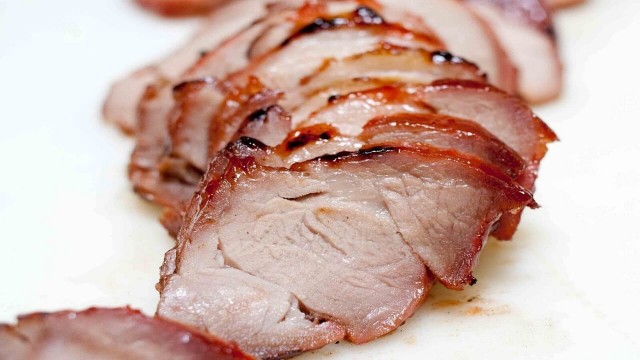

Share This Article: